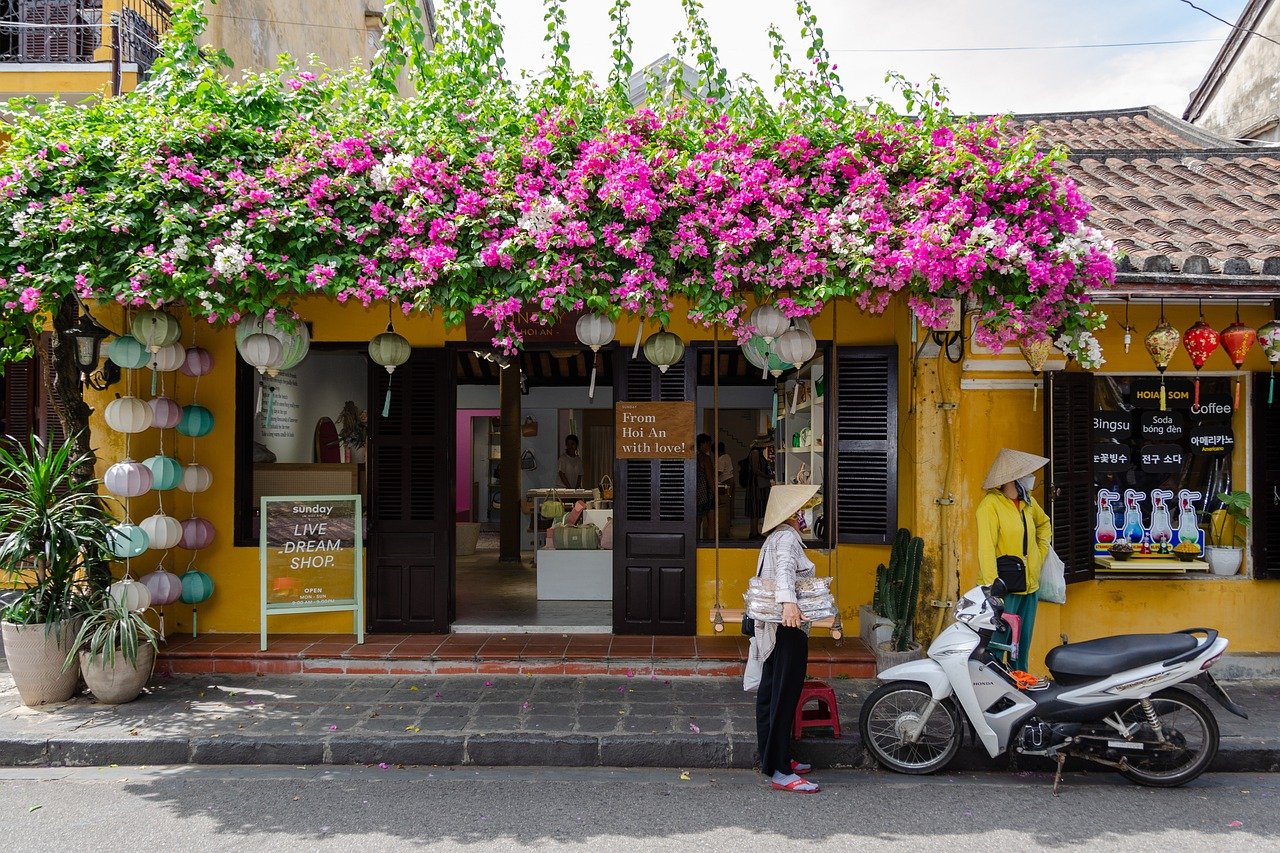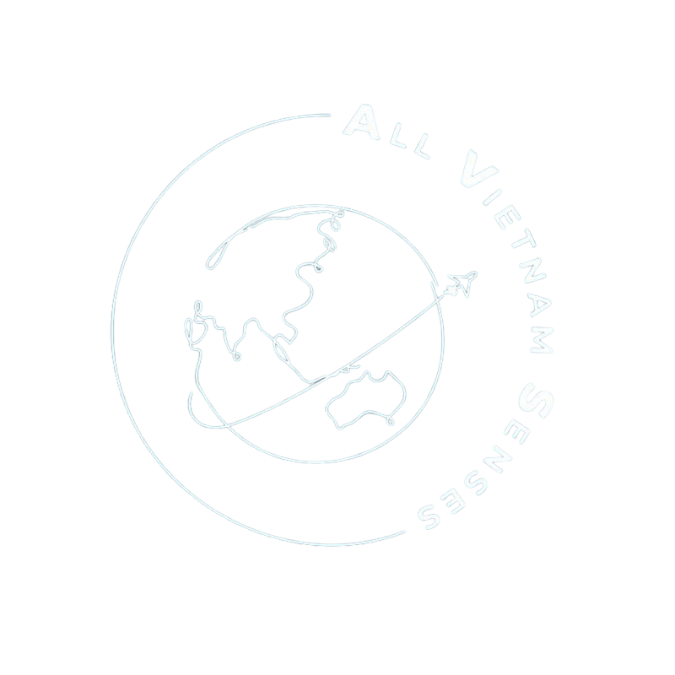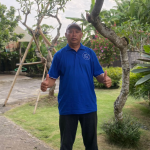Visa
Who needs a VISA to visit Vietnam?
Most citizens from ASEAN countries such as Thailand, Indonesia, Singapore, Malaysia, Cambodia, and Laos can enjoy visa-free entry to Vietnam for up to 30 days.
Philippine passport holders are exempt from a Vietnamese visa for stays of up to 21 days, while citizens of Myanmar and Brunei can visit visa-free for 14 days. Travelers need only a standard passport and return tickets to qualify for this exemption.
The Vietnamese government also grants visa exemptions to nationals from select countries including France, Germany, Spain, the United Kingdom, Italy, Japan, Finland, and South Korea. Citizens from these countries can visit visa-free for up to 15 days, regardless of their purpose or type of visa.
For citizens of other countries, a Vietnam entry visa is required. This can be obtained in advance at a local consulate or embassy, or via a pre-approved visa letter for on-arrival processing at one of Vietnam’s international airports. Both options must be arranged prior to arrival in Vietnam.
How to Apply for Vietnam's e-Visa?
Step 1: Gather Your Necessary Documents and Materials
Before beginning your Vietnam e-Visa application, make sure you have:
- A passport-style photo in .jpg format, 4×6 inches, with a white background and no glasses.
- A .jpg image of your passport’s data page.
- A passport with at least six months of validity remaining.
- Details of your temporary address in Vietnam, as well as your points of entry and exit.
- A debit or credit card to cover the application fee.
Step 2: Access the E-Visa Application Portal
Visit Vietnam’s official immigration website. Navigate to the ‘E-visa Issuance’ section, and select the option for ‘Outside Vietnam foreigners’ to proceed.
Step 3: Upload Your Documents and Complete the Form
Upload your passport data page and passport-style photo in .jpg format. Fill out the application form accurately, ensuring all fields are complete, and submit the form.
Step 4: Pay the E-Visa Fee
The e-Visa fee is $35 USD. Upon payment, you’ll receive a document code. Make a note of this code, as it will be needed to track your application status.
Step 5: Check for Updates on Your Application
Within three business days, you should receive an update on your e-Visa status via email. If you haven’t received an update, you can use the provided link on the immigration website to search for your e-Visa by entering your document code.
Step 6: Download and Print Your E-Visa
Use your document code to locate and download your approved e-Visa. It’s recommended to print two copies for added security during travel.
How to get a Visa to Vietnam?
The process for obtaining a tourist or business visa for Vietnam is generally similar. Many travelers choose to apply through a Vietnamese Embassy or Consulate, either in their home country or a country they are visiting prior to arriving in Vietnam.
To apply for a tourist visa, you will typically need to provide:
- An entry permit form (this form may differ depending on the specific Vietnamese embassy or consulate).
- Two recent passport-sized photos (either 4cm x 6cm or 3cm x 4cm).
- Your original passport.
- Visa fee.
Be aware that the required form and visa fees can vary by country, so it’s best to check directly with the Vietnamese embassy or consulate where you plan to apply.
For a business visa, applicants usually need an additional letter of sponsorship from a partner agency or employer in Vietnam. When applying in person, the visa process typically takes 2-3 days. If applying by mail, expect a processing time of 2-3 weeks, although this may vary by embassy or consulate. If you apply by mail, be sure to arrange for your passport with the visa to be returned to you.
Payment
What are the methods of payment in Vietnam?
Vietnam’s national currency is the Vietnamese Dong (VND), with polymer banknotes available in denominations as follows:
- 500 VND (~$0.02 USD)
- 1,000 VND (~$0.04 USD)
- 2,000 VND (~$0.08 USD)
- 5,000 VND (~$0.20 USD)
- 10,000 VND (~$0.40 USD)
- 20,000 VND (~$0.80 USD)
- 50,000 VND (~$2.00 USD)
- 100,000 VND (~$4.00 USD)
- 500,000 VND (~$20.00 USD)
Visa and MasterCard are widely accepted in hotels, restaurants, and stores, especially in larger cities like Hanoi and Ho Chi Minh City. ATMs are plentiful in these urban areas, and you’ll also find several international banks. However, when venturing into rural or remote locations, it’s recommended to exchange currency gradually into VND to ensure smoother transactions.
Important Note: Vietnamese Dong cannot be exchanged outside of Vietnam, so make sure to convert any remaining Dong before leaving the country.
Where are reliable locations to exchange money?
Hotels: High-quality hotels often offer competitive exchange rates, sometimes better than banks. Smaller hotels may apply a service charge, so it’s best to check with reception to confirm if your currency can be exchanged there.
Airports: Currency exchange kiosks are available at airports in Hanoi and Ho Chi Minh City, though the rates may be less favorable. It’s recommended to exchange only a small amount upon arrival, enough for initial travel expenses and a meal, then exchange more once in town.
Gold and Jewelry Shops: These stores often provide the best exchange rates, usually without any additional fees, making them a popular choice among travelers.
In recent years, the USD to VND exchange rate has ranged from approximately 23,400 to 23,700 VND per dollar.
Using Cards in Vietnam:
Visa and MasterCard are widely accepted, particularly in hotels, shopping centers, and even by some street vendors. However, using a card may incur a service charge of 3%-4%, so it’s worth considering cash for smaller transactions.
Where can tourists withdraw money from a bank?
Vietnamese law states that ATMs can only withdraw Vietnamese Dong (VND), regardless of whether a tourist’s account was opened in the other nations and currencies.
Travelers can access a cash machine daily and 24/7 hours per day. Along the main street or adjacent booth to the Bank, visitors are able to find ATMs as convenient as possible.
There are some frequent banks for tourists to take their transactions.
Vietcombank: 50,000 VND for each transaction
Agribank: 22,000 VND per transaction
BIDV: The exchange charges 30,000 VND.
Sacombank: 30,000 VND for the transaction
Citibank: 55,000 VND for the transaction
Transaction fees are 40,000 VND (ANZ).
Advice: Avoid losing 4 dollars after spending only 40 dollars. 10% is that. To reduce overall costs and prevent having to visit the ATM too frequently to withdraw money in Vietnam, choose ATMs representing foreign banks with greater total withdrawal amounts.
Food & Drink
Can we eat vegetarian food and western food there?
With the rapid growth of the Food & Beverage industry in Vietnam’s major cities—such as Hanoi, Ho Chi Minh City, and Da Nang—tourists can now find a wide array of themed restaurants catering to various diets and flavor preferences.
In many 4- and 5-star hotels, restaurants offer an impressive selection of cuisines and buffet styles, providing guests with diverse options to suit their tastes and enhance their stay.
In rural regions, specialized dining options may be limited. Travelers are advised to consult with their tour guides or make special meal requests in advance to ensure their dietary needs are met.
What are the characteristics of Vietnamese cuisine?
Vietnamese cooking also embodies the principles of yin-yang balance and the five elements (wuxing), creating a harmonious blend that has gained global recognition for its variety and depth.
Important Note: Monosodium glutamate (MSG), known locally as mi chinh or bot ngot, is commonly used in Vietnamese cooking. If you have any allergies or prefer to avoid MSG, it’s best to request gluten-free or MSG-free options at restaurants.
Others
When is the Best Time to Visit Vietnam?
The ideal time to explore Vietnam is between November and April when the weather is generally pleasant. The northern regions are cooler, while the southern areas experience drier conditions. For Central Vietnam, visiting in February is recommended to avoid the rainy season.
Here’s a quick breakdown of the weather by region:
- Hanoi and the North: From November to April, the climate is cool and dry. However, December and January can be particularly chilly in the far north.
- Central Vietnam: Enjoy hot and dry weather from January to August, with temperatures often reaching the mid-30s °C (mid-90s °F).
- Southern Vietnam: The dry and hot season lasts from November to April, making it an excellent time to visit.
Essential Items to Bring When Visiting Vietnam
Pack light, comfortable clothing that is easy to wash. In winter, especially in Hanoi, you may encounter drizzles and wind, so a sweater or light jacket is advisable. For summer visits, consider bringing lightweight attire such as t-shirts, shirts, and breathable pants.
Additionally, sturdy hiking shoes are recommended for trekking, along with sandals or easily removable shoes for temple visits and private homes.
Essential Medications to Bring
It’s wise to pack common medications such as:
- Paracetamol
- Aspirin
- Allergy medications (if applicable)
- Throat lozenges
Recommended Vaccinations Before Traveling to Vietnam
While no vaccinations are mandated for European travelers, the Pasteur Institute recommends the following:
- Tetanus
- Diphtheria
- Typhoid
- Poliomyelitis
- Hepatitis B
- Meningitis A and C
- Hepatitis A
- Malaria Prevention
Consult your healthcare provider or a tropical medicine specialist prior to your trip for personalized advice.
Important Cultural Etiquette to Observe in Vietnam
Here are some cultural norms to keep in mind during your stay:
- Remove Shoes: Always take off your shoes when entering temples or someone’s home.
- Dress Modestly: Avoid wearing swimsuits, shorts, or revealing clothing in temples and pagodas, as this is considered disrespectful.
- Avoid Public Displays of Skin: Tan lines should be covered up, as it is considered inappropriate, even at the beach.
- Bargaining: Haggling is common in markets and small shops, so don’t hesitate to negotiate prices.
- Chopstick Etiquette: Do not leave chopsticks upright in a bowl of rice; this resembles incense sticks used in funerals and is deemed disrespectful.
Major Holidays in Vietnam
Be mindful of national holidays when planning your trip, as many tourism activities may incur higher surcharges during these times. The Lunar New Year can be particularly impactful, with many businesses closing for a week. Here are key national holidays to consider:
- January 1, 2023: New Year Holiday – 1 Day
- January 21-27, 2023: Lunar New Year
- April 29, 2023: Hùng Kings’ Festival – 2 Days
- April 30, 2023: Reunification Day – 1 Day
- May 1, 2023: International Labor Day – 1 Day
- September 2, 2023: Independence Day – 2 Days
- September 4, 2023: Independence Day Holiday – 1 Day
Do You Need to Buy a SIM Card in Vietnam?
If you plan to stay in Vietnam for an extended period, purchasing a SIM card is beneficial for communication. Major mobile operators include Viettel, Vinaphone, and Mobifone. SIM cards can easily be bought at post offices, mobile shops, or service centers. Ensure that your smartphone is unlocked to install the SIM card successfully.
Tipping Culture in Vietnam
While tipping isn’t obligatory or traditional in Vietnam, it is appreciated. Leaving a small tip is a great way to express gratitude to service staff, drivers, and guides. Although it may not be customary for you, many travelers find that tipping enhances service quality.
For international visitors, the suggested minimum tipping rate is around $5 per passenger. Tips are generally pooled and shared among guides, drivers, and staff who assist you during your travels, making it a common practice among most land tour operators.



